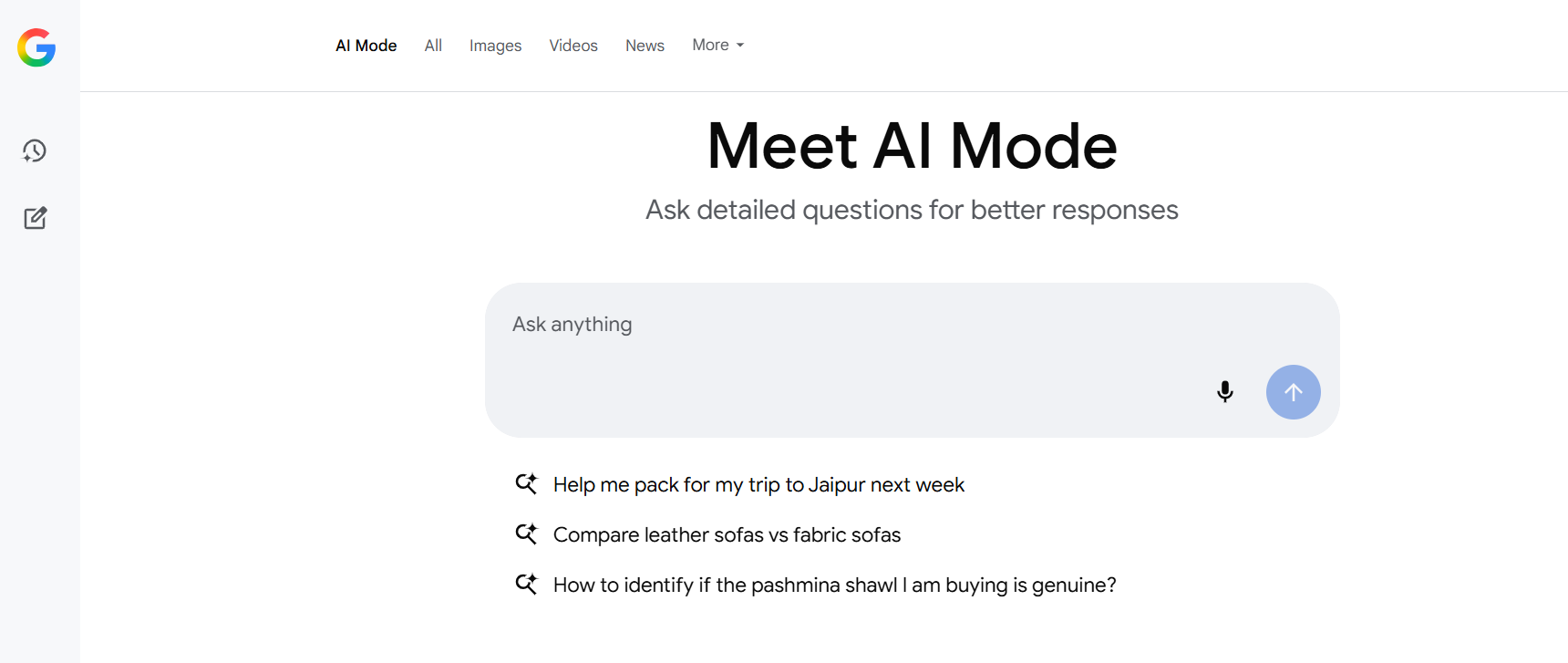Only a developer can understand the true pain that one feels when you spend a huge chuck of your time iterating on your client’s latest project and then they come back either discarding the entire thing or making significant changes that require you to overhaul your entire project. You may have had countless brainstorming sessions with your client or understood the client’s requirements completely but still come up with a design concept that doesn’t leave them satisfied.
Reasons are:
#1- No involvement in actual design process
As a designer, you are aware of the various stages that are involved in the design process. However, for a person like your client, in all probability he isn’t acquainted with the effort that goes behind each stage. It would be a good idea to involve him right from the iteration phase to the prototyping phase, instead of gathering his inputs only during the prototyping phase.
#2- Neglecting the UX designers
If you are an organisation with an in-house team of designers, it is likely that your project managers or core team are finalising the team’s demands, something that should be done by your UX designers. If as a designer, you find yourself uninvolved during the finalisation stage, it is important to run your design strategy with your core team and the client’s team right from the start, as they know what they want better than anyone of you. It is important to plan out iteration sessions where all stakeholders are involved to get everyone on the same page.
#3- Just designing isn’t enough
The designer’s role goes beyond just creating a design concept. His responsibility also lies in keeping up with the latest trends in consumer insight and research, commonly known as UX competitive research. This is important because the design you create for your client has to be relevant not just to them but also to the audience they are targeting. It is important you study marketing trends and the competitors strategies in order to design and develop something that stands out in the eye of competition.
#4- No sign of a clear prototype
It is extremely essential to understand the importance of proto-typing, not just for yourself but also for your client. You, being the designer might have the explanation for every small detail and so updates for you might seem like just a part of the process, but for a client, who doesn’t understand the relevance of each component, may get absolutely confused with even the slightest change. Before you start making interactions, it is important to define and explain each component and the role it plays in the final design strategy.
#5- Object specifications might not be complete
UX designers use an object-oriented approach to reach a final conclusion. However, during brain-storming sessions, sometimes you might forget to update the specifications for each object which can make a clear visual framework look incomplete and confusing. Create a CTA inventory which contains all the actions that are required for objects within your design eco-system in order to be able to justify each object’s place.

#6- You might lack story-telling
What is a design good for if it doesn’t tell a story? We know the famous brands today because all their products tell a story; a story about their company, their culture, their vision and how they have got to where they are. A design is meant to do just that. If it doesn’t tell a story, it will not contribute to your company’s success.
#7- Your UX strategy might not be full-proof
Your UX strategy shouldn’t be based on perception alone but also on fact. It should be created keeping in mind changing consumer’s needs and your product can be a solution to those needs. It is important to also have a deeper understanding of business goals in order to create something that is relevant and impactful.

 Web and Full Stack
Web and Full Stack CMS and Frameworks
CMS and Frameworks Online Marketing
Online Marketing Cloud Services
Cloud Services ECommerce
ECommerce Mobile
Mobile



